Hawaii Dengue Outbreak 2015 - 2016
State and Hawaii County officials have confirmed 264 cases of dengue fever on Hawaii, the Big Island, in an outbreak that began on September 11, 2015. Dengue fever is a virus that is transmitted by infected mosquitoes and is not native to the Hawaiian Islands. Scientists have identified strong links between climate and mosquito-borne diseases. Temperatures can influence mosquito development rates, mortality and behavior, and rainfall patterns affect the availability of suitable habitat.
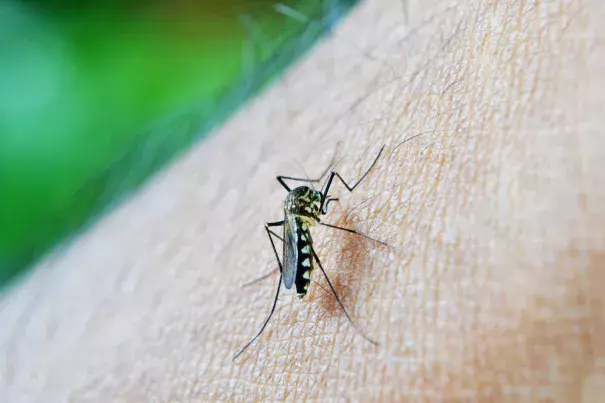
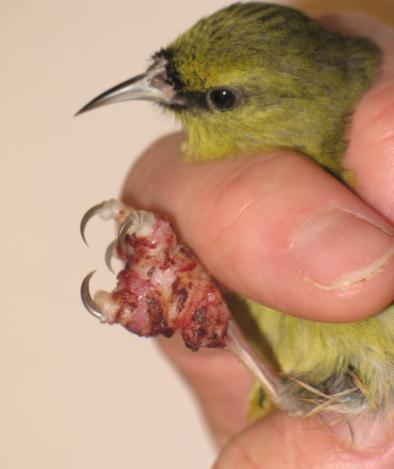
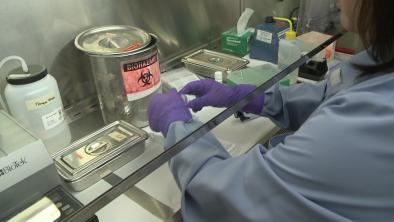
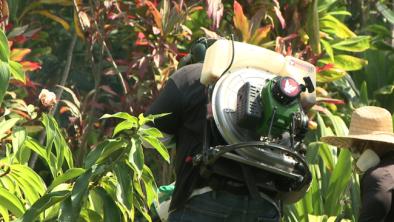
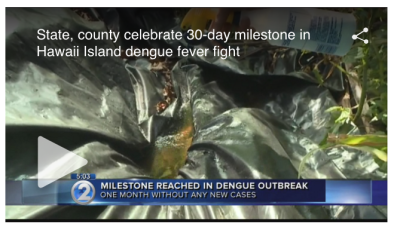
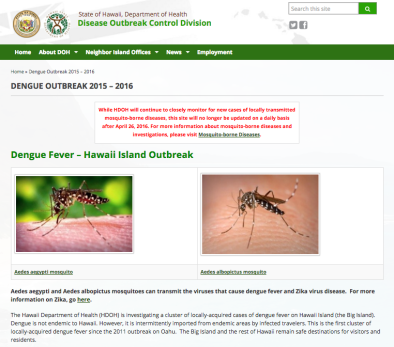
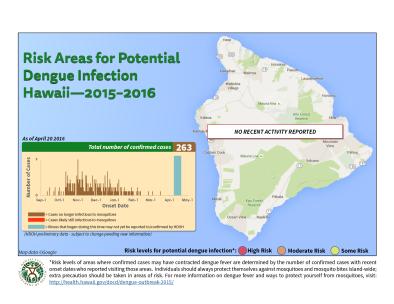
Latest Hawaiian dengue outbreak fits pattern of increased infectious disease risk in a warming world
As an island state, Hawaii is particularly vulnerable to the effects of climate variability and change, including the threat of mosquito-borne disease outbreaks under warmer and wetter conditions.[1] State and Hawaii County officials have confirmed 264 cases of dengue fever on Hawaii, the Big Island, in an outbreak that began on September 11, 2015.[2] Dengue fever is a virus that is transmitted by infected mosquitoes and is not native to the Hawaiian Islands.[3]
Scientists have identified strong links between climate and mosquito-borne diseases. Temperatures can influence mosquito development rates, mortality and behavior, and rainfall patterns affect the availability of suitable habitat. Though observational data is limited on the links between climate change and dengue risk in Hawaii, future climate scenarios predict warmer temperatures and wetter summers in Hawaii over the next 25 year, which will cause an expansion of mosquito habitat and potential dengue risk areas.[1]




